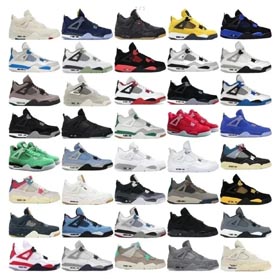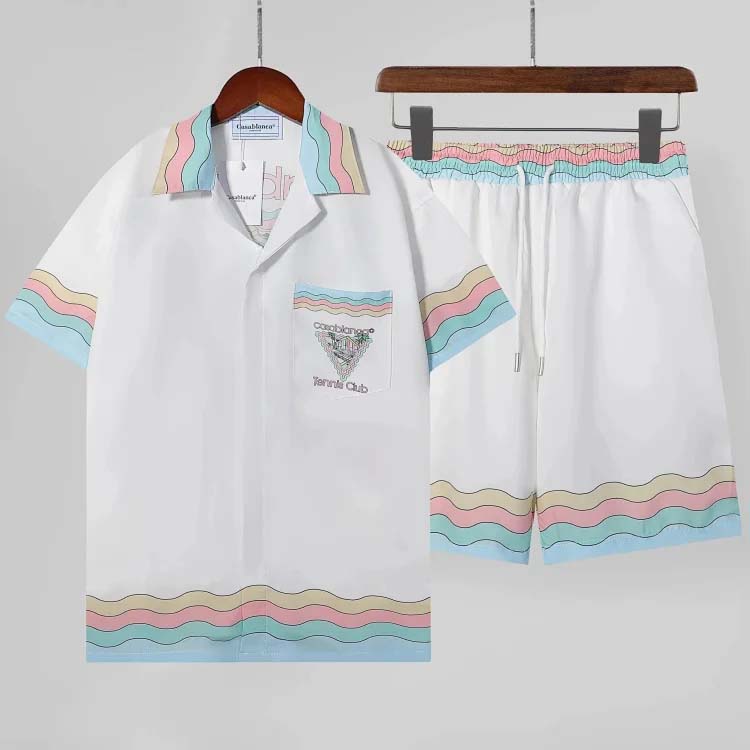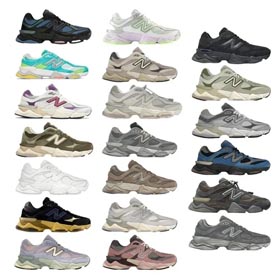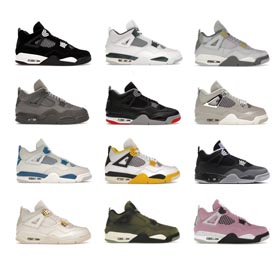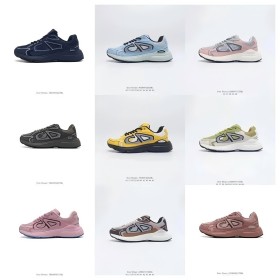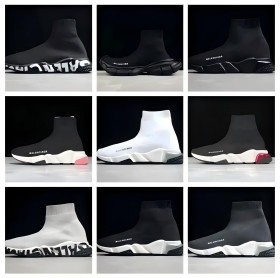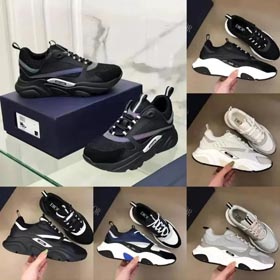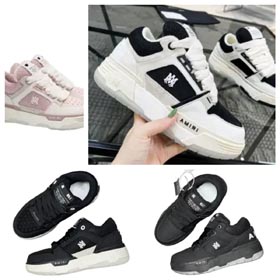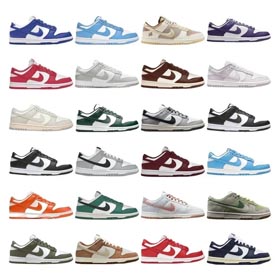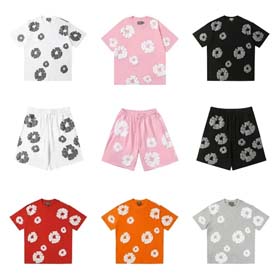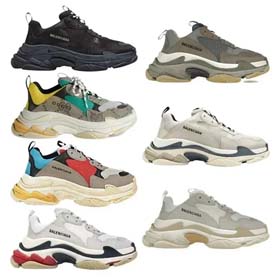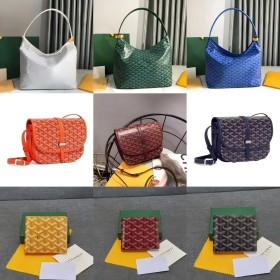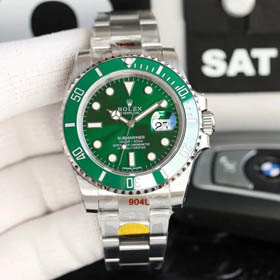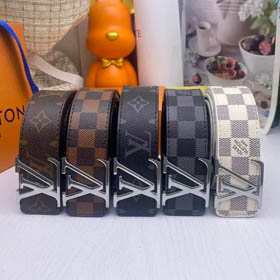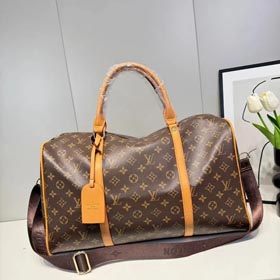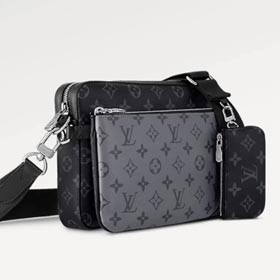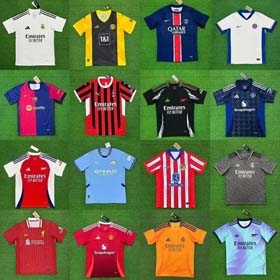Vinted QC Process Optimization
Vinted, a leading platform for second-hand clothing, has recognized the importance of quality control (QC) in maintaining customer satisfaction and trust. To address this, Vinted has optimized its QC process by leveraging a standardized approach through the use of spreadsheets. This method not only streamlines the inspection process but also enhances the efficiency and accuracy of quality checks for cross-border e-commerce and consignment services.The Vinted QC process begins with the establishment of a comprehensive checklist within a spreadsheet. This document outlines the various steps and criteria that must be met for each item to be considered of acceptable quality. By digitizing these guidelines, Vinted ensures that every item undergoes a thorough and consistent inspection.Quality Check Steps:Each item is subjected to a series of checks, which include:Visual inspection for any signs of wear, tear, or damage.Assessment of the item's condition against predefined standards (new, like new, good, fair, poor).Verification of the item's authenticity, especially for branded goods.Checking the item's size and fit against the description provided.Inspection of the item's cleanliness and any odors.Standardization and Consistency:By录入判定标准 into the spreadsheet, Vinted has standardized the QC process. This means that regardless of the location or the person conducting the inspection, the same criteria are applied. This standardization reduces the likelihood of human error and ensures that the quality of the items remains consistent across all Vinted listings.External Link for Further Information:For more detailed insights into Vinted's QC process and how it leverages technology to enhance quality control, visit VintCloud, a resource dedicated to providing comprehensive solutions for the second-hand clothing industry.Conclusion:The optimization of the Vinted QC process through the use of spreadsheets has proven to be a significant step forward in the cross-border e-commerce and consignment market. It not only raises the bar for quality assurance but also strengthens the trust between sellers and buyers, ultimately contributing to a more sustainable and reliable second-hand clothing ecosystem.

